Residential
We design unique, innovative, and inclusive housing solutions. Our multidisciplinary approach to residential design ranges from conversions to master planning to interiors across affordable and supportive housing, student housing, senior communities, and high-rises.
“
The key to the housing crisis is targeted supply: more attainable housing options with more space for Gen Y and Z, more services for the aging population, and more affordable housing for those most in need.
—Kelly Farrell, Residential leader
27 Items
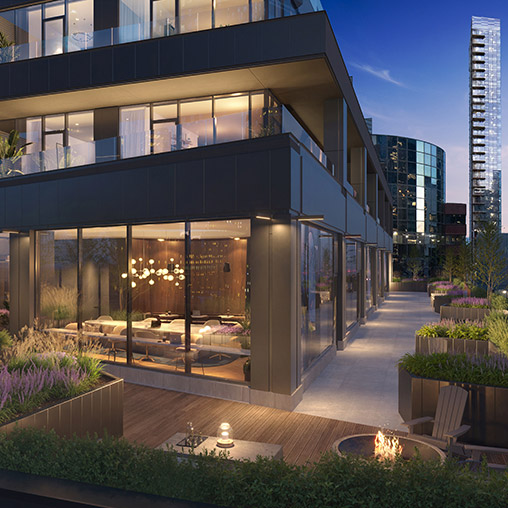
Pearl House (160 Water Street)
New York, New York
Vanbarton Group engaged Gensler to convert its downtown office building into a premier residential building to introduce new housing to New York City.

1 St. Clair West
Toronto, Ontario
After determining that demolishing 1 St. Clair West was not viable, Slate Asset Management enlisted Gensler to reposition it as a mixed-use development.
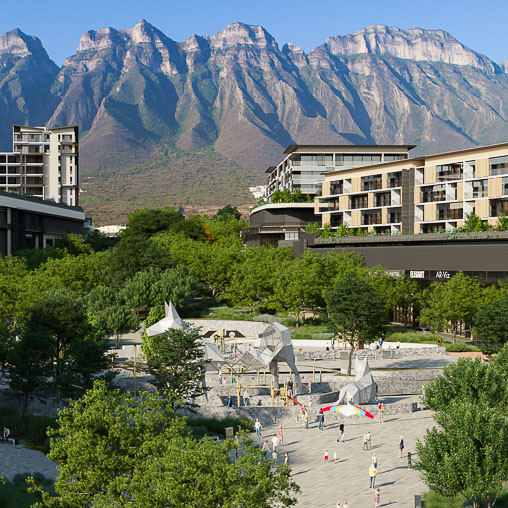
Lyra
Monterrey, Mexico
The Lyra is a master plan for a sustainable community in the Cumbres area of Monterrey that aims to create positive environmental impact and social value.
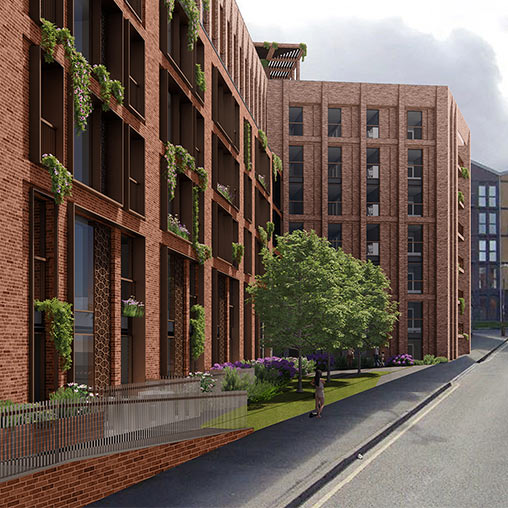
Holliday Street
Birmingham, United Kingdom
Raybone Developments’ Gensler-led project, Holliday Street, is a residential-driven development located on the site of a former open-air car park in Birmingham.
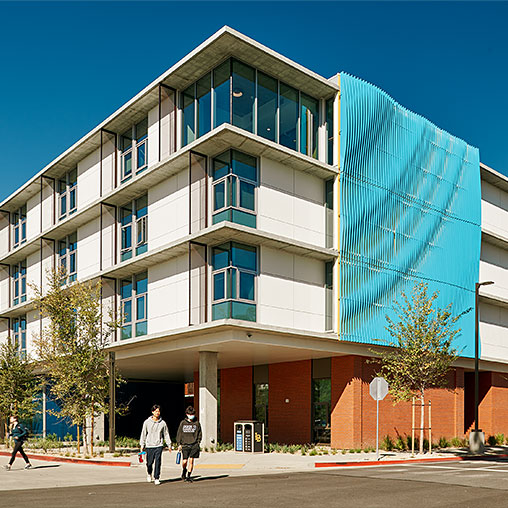
CSULB Parkside North Residence Hall and Housing Administration Building
Long Beach, California
California State University, Long Beach (CSULB) enlisted Gensler to help reach the university’s goal of achieving net-zero status by 2030.
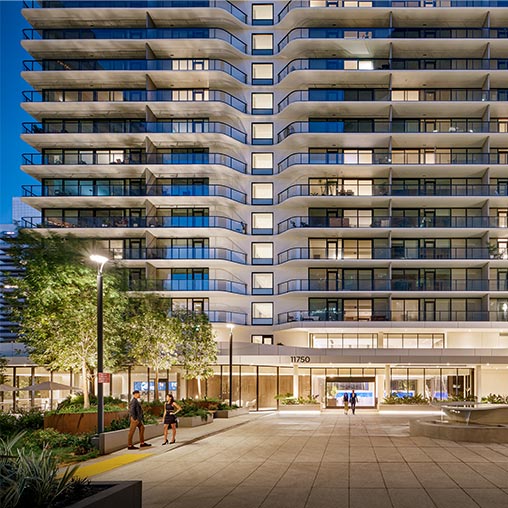
The Landmark
Los Angeles, California
The Landmark residential tower integrates into the modernist grouping in the Brentwood neighborhood while featuring a distinct, contemporary language.

Aspire Post Oak
Houston, Texas
Rising 40 stories tall, Aspire Post Oak is designed to provide an unparalleled sensation of high-rise living in a residential tower in Houston, designed by Gensler.
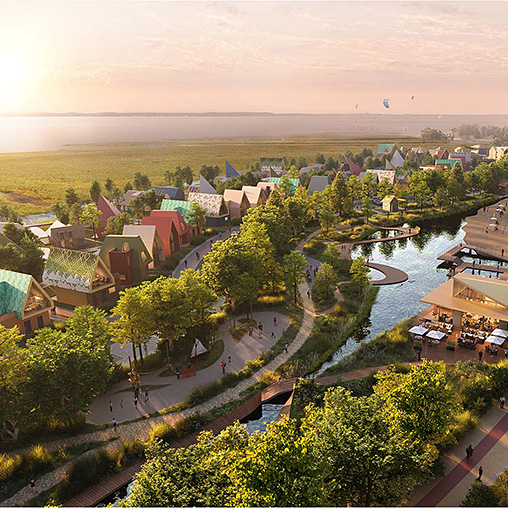
Wind Town (Vėjo Miestelis)
Svencelė, Lithuania
SBA Urban worked with Gensler to create a design concept for the first Wind Town in Svencelė, the wind capital of Lithuania, putting the area on the tourism map
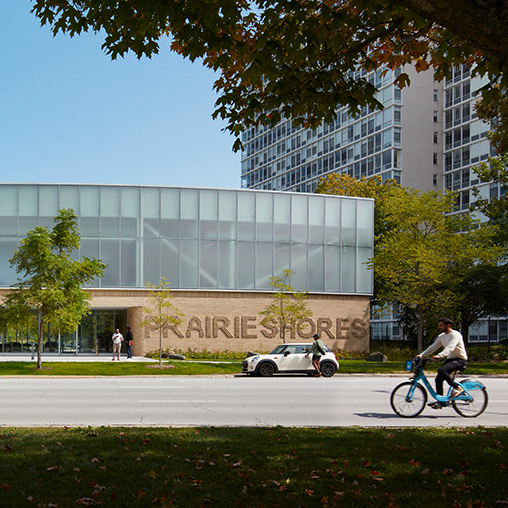
The Hub at Prairie Shores
Chicago, Illinois
The Hub is intended to bring modern amenities to the ever-evolving residential community at the Bronzeville neighborhood’s Prairie Shores housing complex.
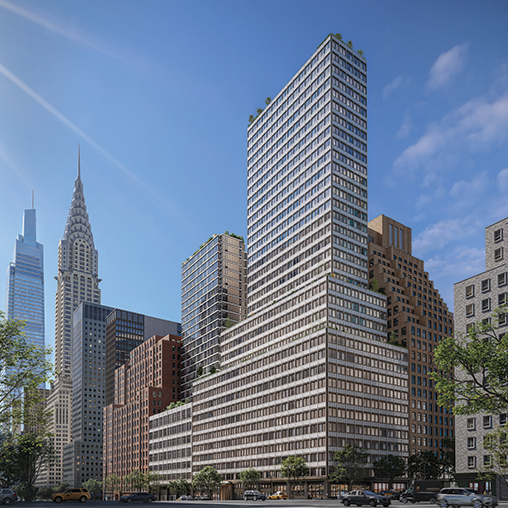
Metro Loft 219-235 East 42nd Street Conversion
New York, New York
The office-to-residential conversion of the former Pfizer headquarters will be the largest conversion in New York City history upon its completion, adding over 1,600 apartments, amenities, retail, and offices.
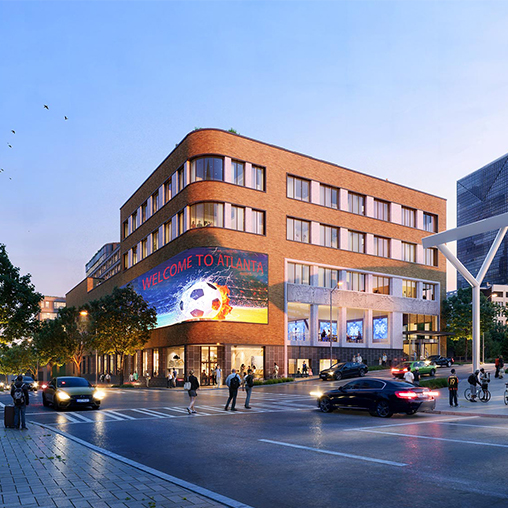
Folio House
Atlanta, Georgia
Folio House at 143 Alabama Street in Downtown Atlanta converts a long-vacant commercial center into a dynamic, mixed-use destination that caters to and connects Atlantans and visitors.

Sixth and Guadalupe
Austin, Texas
Austin’s tallest tower offers a new mixed-use urban experience and joins multifamily, office, and luxury retail space.
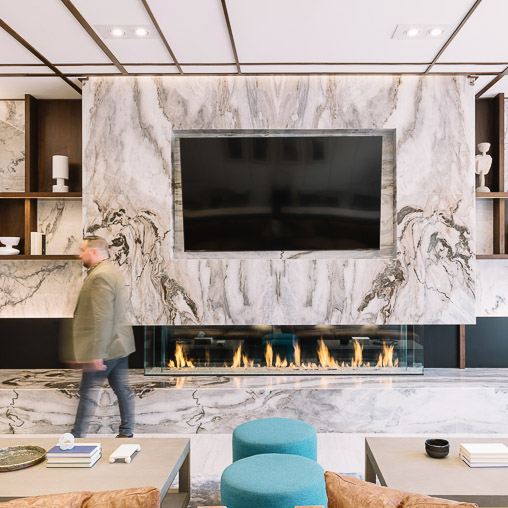
Galleria Residences, Public and Amenity Spaces
Overland Park, Kansas
Galleria Residences, Public and Amenity Spaces
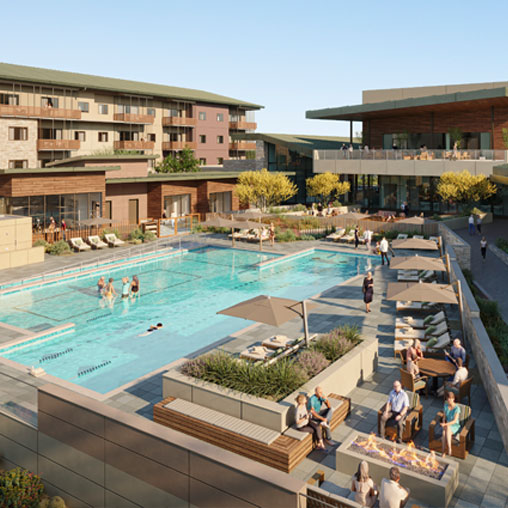
La Posada at Pusch Ridge
Oro Valley, Arizona
La Posada at Pusch Ridge is a senior living community designed to embrace the natural environment and enrich the life experience of its active adult users.
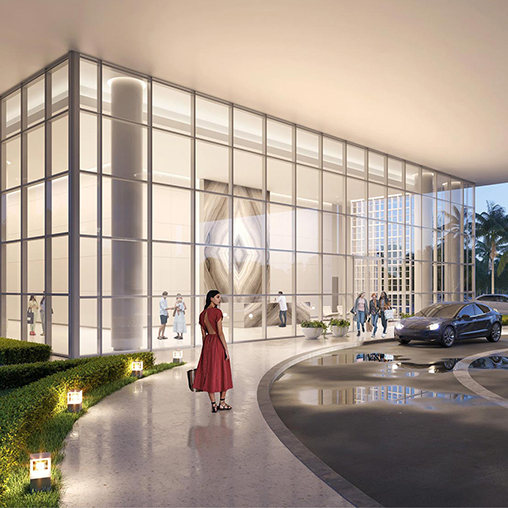
The Line
Miami, Florida
Located in world-renowned Coconut Grove, The Line is a luxury, twin-tower, 800-unit apartment high-rise rising 40 stories into the Miami skyline. An immersiv...
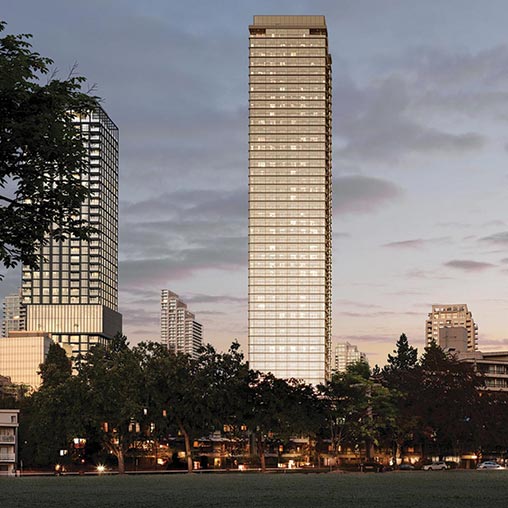
Solhouse 6035
Metro Vancouver, Canada
Solhouse 6035 is a serene, inclusive residential tower by Bosa Properties, featuring indoor and rooftop amenities in Burnaby’s Central Park District.
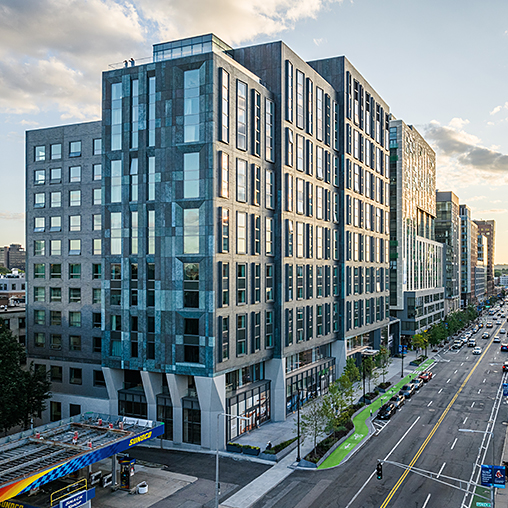
The Bon
Boston, Massachusetts
Located in a vibrant Boston neighborhood and adjacent to mass transit, The Bon is designed as a new paradigm for purpose-built, multi-unit housing.
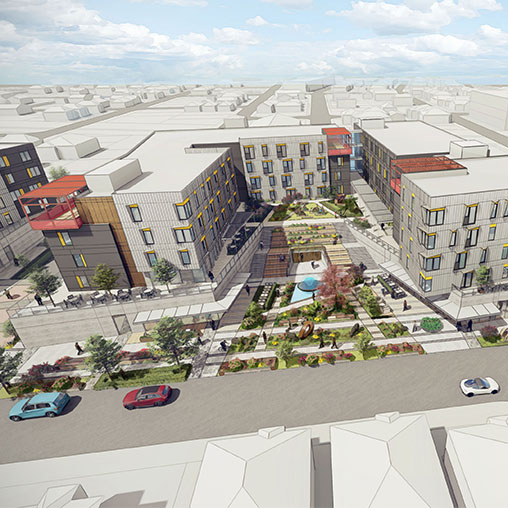
U.S.VETS Houston Third Ward
Houston, Texas
U.S.VETS Houston partnered with Gensler on a new development that provides veterans with a place to reintegrate into civilian life and call home.
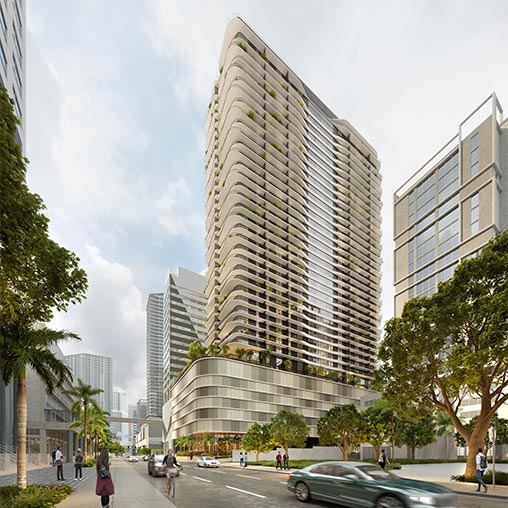
128 Southwest Seventh Street
Miami, Florida
Gensler is working with Focus on the design of a new 517-unit apartment building located on the grounds of the former Miami Starlite Motel in the Brickell area.
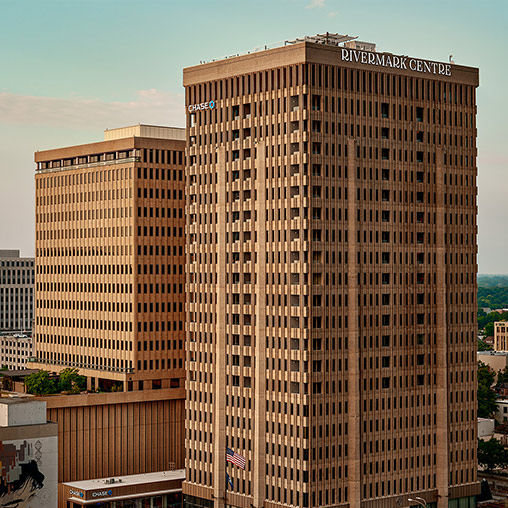
The Residences at Rivermark
Baton Rouge, Louisiana
The Residences at Rivermark is a transformative project in the beating heart of downtown Baton Rouge’s growing and dynamic cultural scene.
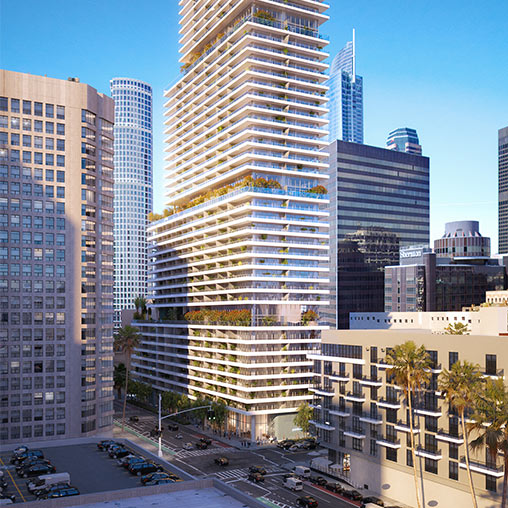
8th Grand & Hope
Los Angeles, California
8th Grand & Hope is a striking 50-story luxury residential tower in downtown Los Angeles that redefines urban living in Southern California.
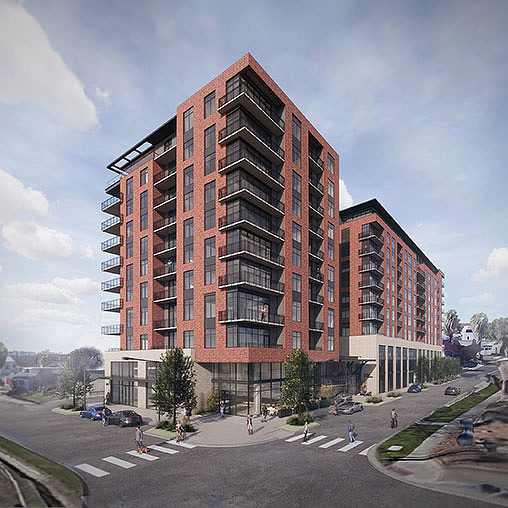
Mira
San Antonio, Texas
Mira is a residential, mixed-use development designed by Gensler in the heart of a burgeoning urban district at the edge of Tobin Hill and the San Antonio River
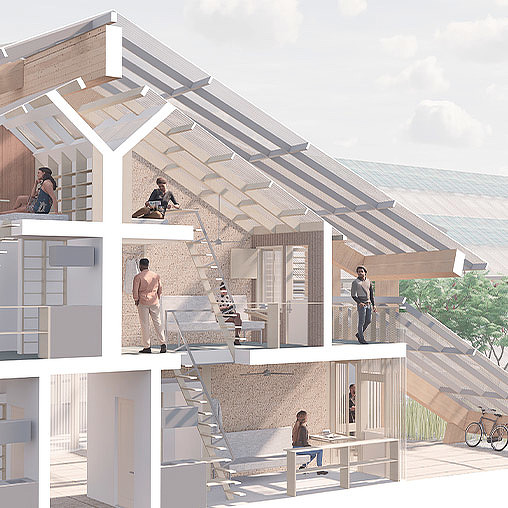
Urban Awning
Los Angeles, California
Urban Awning is a new constructional, environmental, and social model of affordable and supportive housing designed by Gensler.
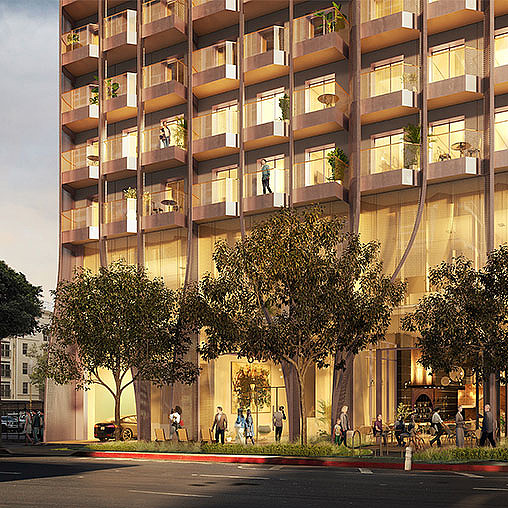
Relevant Group
Los Angeles, California
Relevant Group has enlisted Gensler to develop three residential high-rises in downtown Los Angeles, each with its own expressive design.
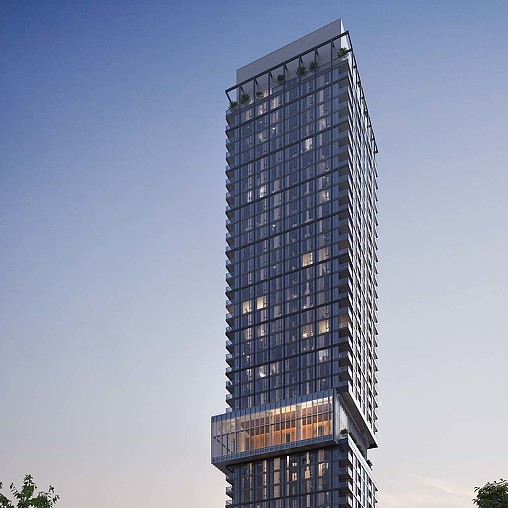
Central Park House
Metro Vancouver, Canada
Bosa Properties enlisted Gensler to design Central Park House, a new 41-story residential tower.
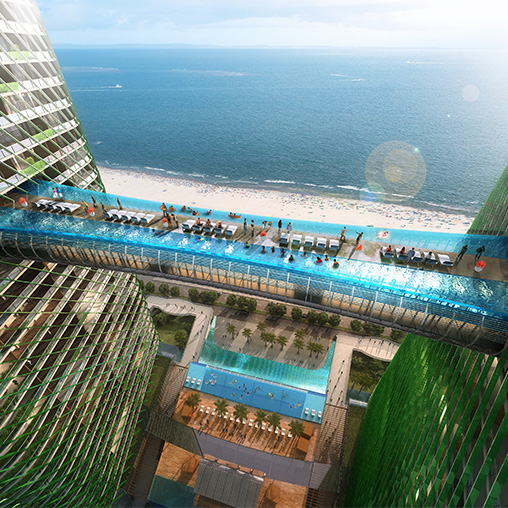
ITC Colombo One Hotel & Residences
Colombo, Sri Lanka
ITC’s inaugural international hotel elegantly portrays Sri Lankan architecture and local charm in a luxury development with unrivalled views of the Indian ocean.
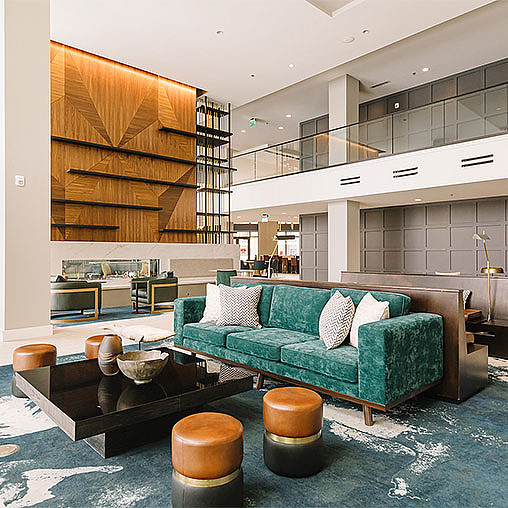
The Apex at CityPlace
Overland Park, Kansas
The Apex at CityPlace, a new mixed-use, luxury apartment community in Overland Park incorporates key pandemic-influenced considerations.
INSIGHTS
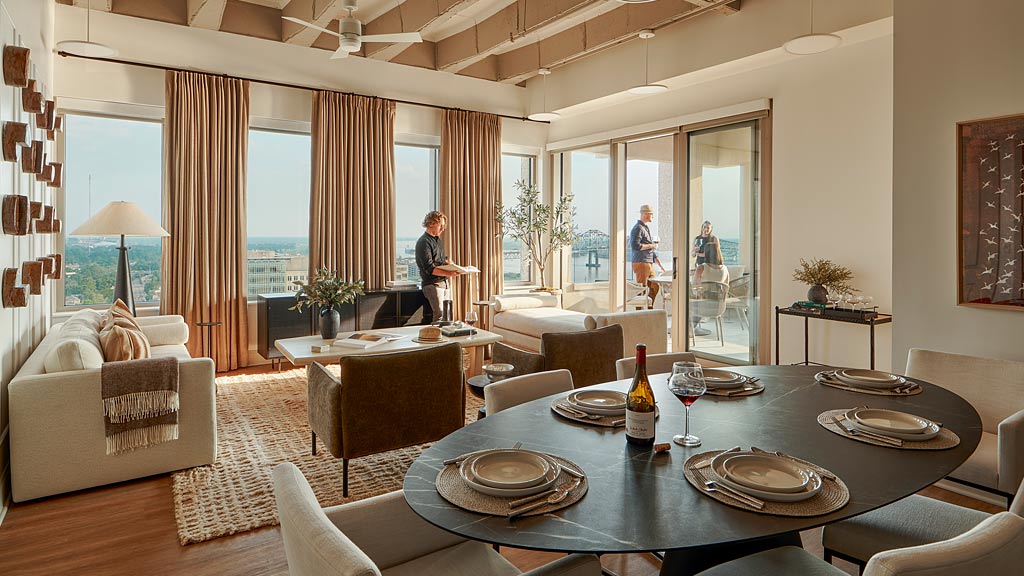
Insight
Conversions+™ by Gensler Turns Stranded Offices Into Valuable Real Estate
Our conversion algorithm and services help developers quickly determine if buildings are viable for conversion to residential, hotel, senior living, or healthcare uses.
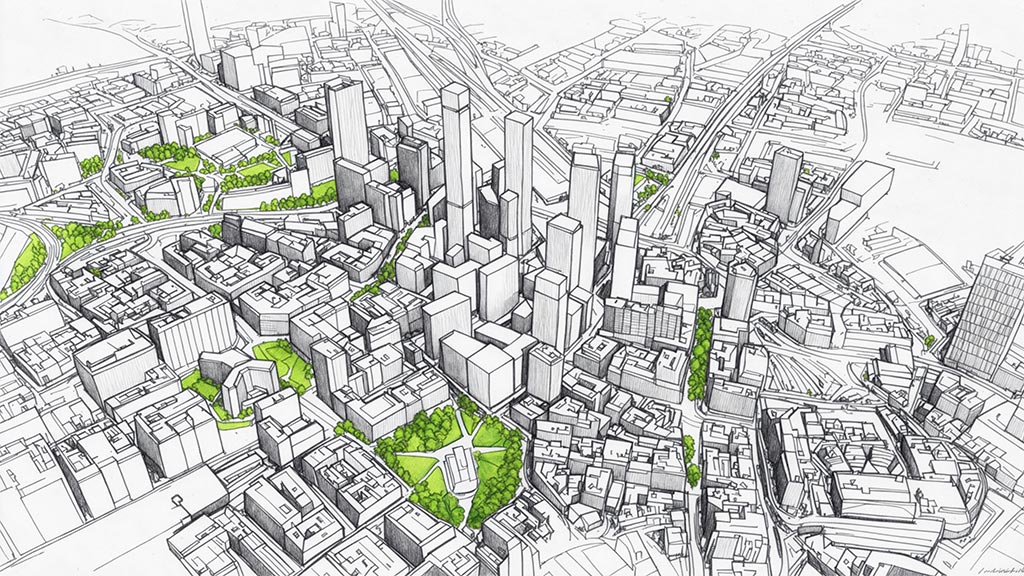
Blog
Birmingham Living: The Next Chapter
This Q&A with Gensler residential leaders John Badman (London) and Jamie Rodgers (Birmingham) explores how Birmingham’s evolving housing market is shaping the city’s next chapter.

Blog
How San Francisco Can Apply Startup Culture to Unlock Housing Solutions
We explore four strategies to bring iterative, bold approaches to address the city’s housing shortage.

Blog
How a New Vision for Flexible Co-Living Conversions Can Support Housing Affordability
Gensler and The Pew Charitable Trusts studied building typologies in nine cities to better understand the potential in this unique office-to-residential conversion model.
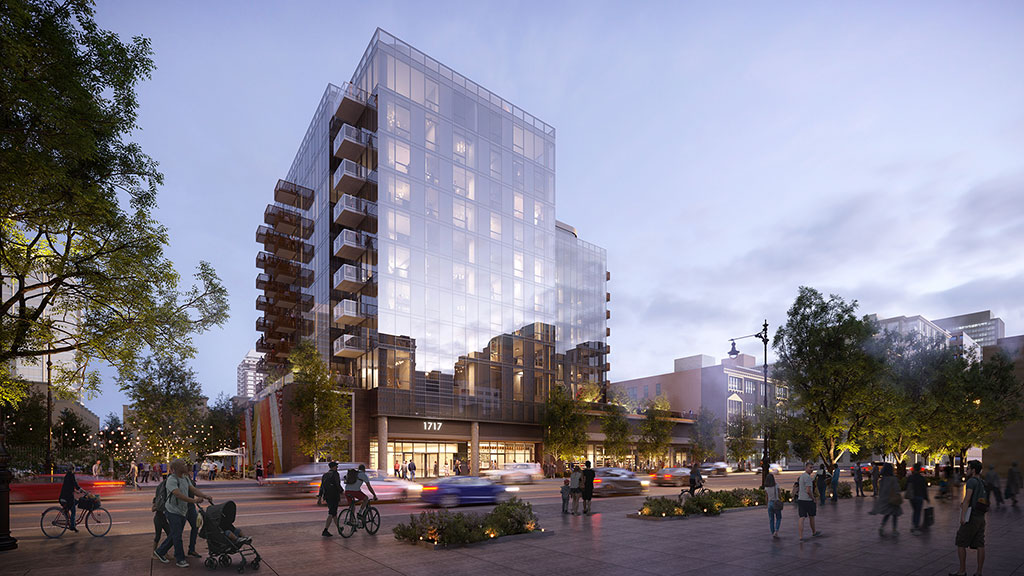
Blog
Belonging Begins at Home: Why Attainable Housing Is a Civic Imperative
We explore five strategies that demonstrate how design, policy, and planning can come together to build more inclusive, resilient communities.

Blog
Lifestyle Living Is Redefining the Home in the Age of Belonging
We’ve identified five major trends shaping the future of living environments.
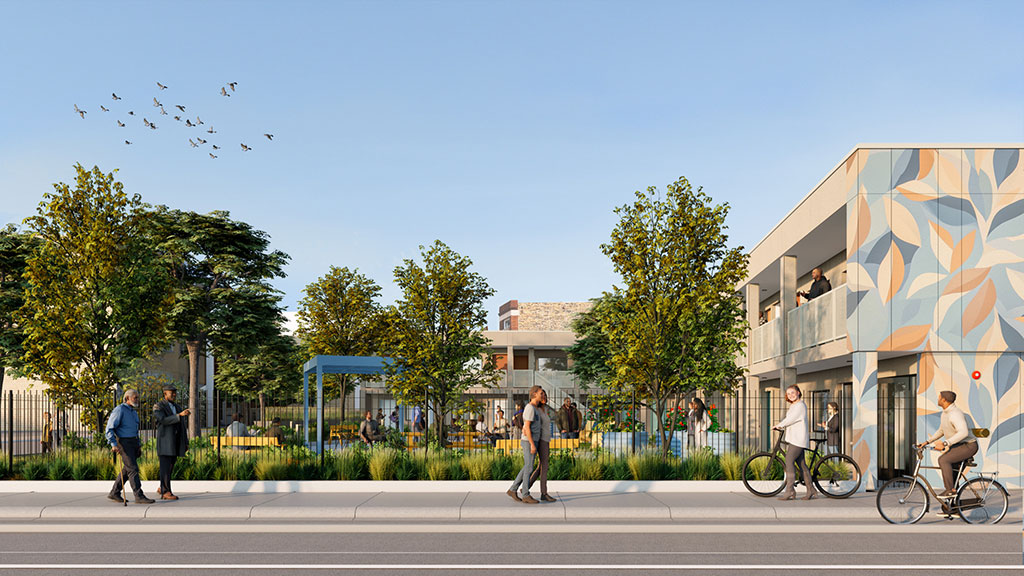
Blog
How Two Innovative Shelters Reimagine Refuge for the Homeless in Chicago
By prioritizing privacy and dignity, trauma-informed design can provide essential refuge and promote sustained healing.
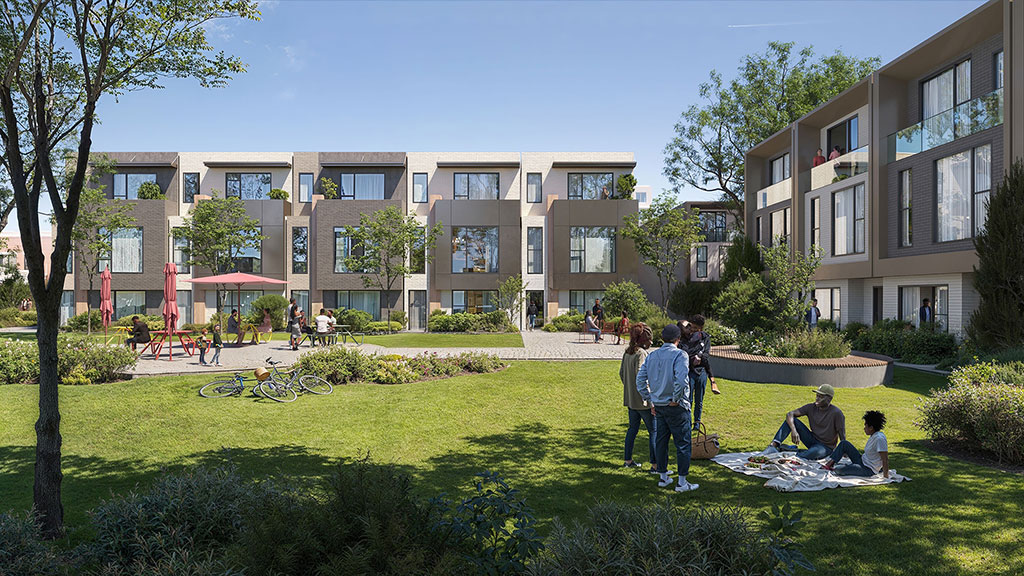
Blog
Unlocking the Missing Middle: Why the U.S. Housing Model Needs a Redesign
How zoning, building codes, and financing reforms can unlock affordable, well-designed housing.
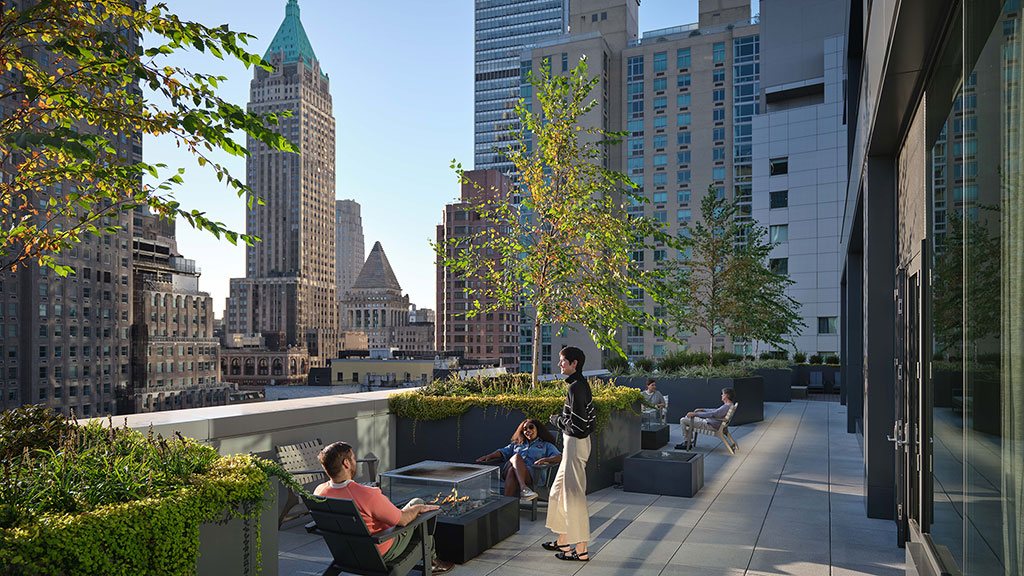
Blog
Trends to Watch: What Other Cities Can Learn From New York City’s Conversion Boom
As U.S. cities experience high commercial real estate vacancy rates and housing shortages, developers have an opportunity to invest in and convert stranded assets.
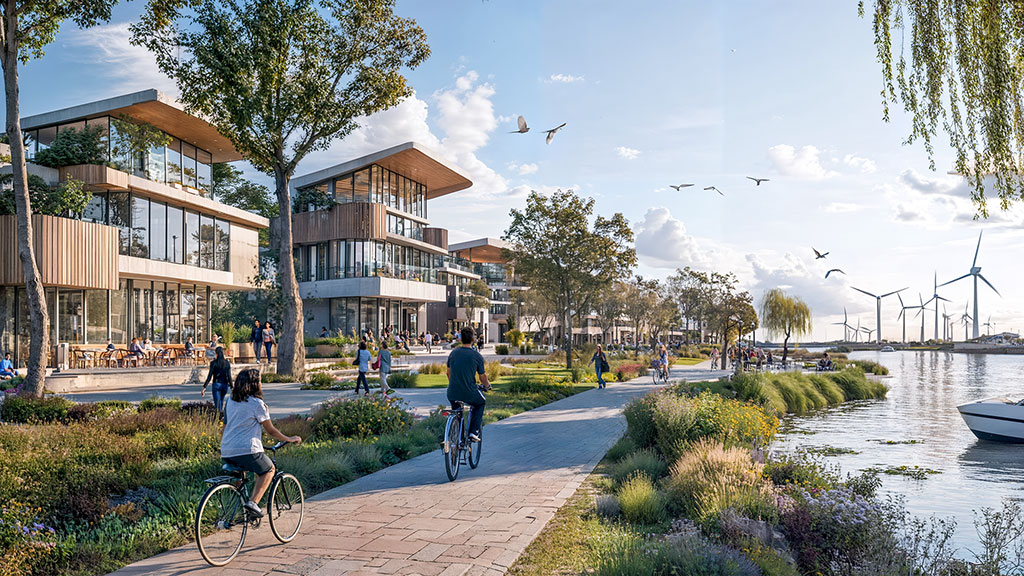
Blog
A Radical Solution to the U.K. Housing Crisis: Building a New London in the Thames Estuary
How should the U.K.’s government be addressing the housing crisis? Here are four steps to a radical solution.
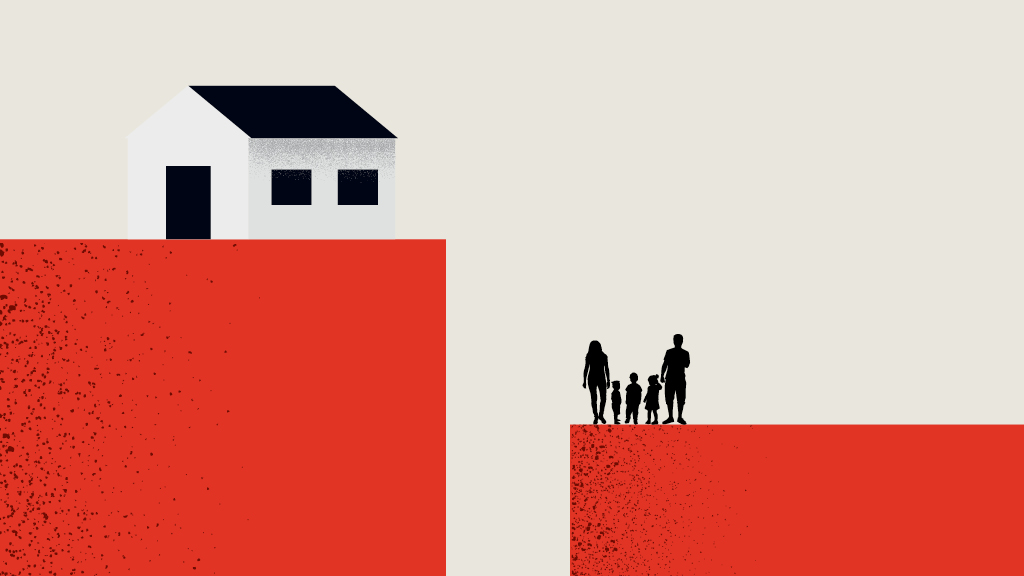
Research
Finance the Future: Strategies for Equitable Neighborhood Development
We explored how to effectively translate ESG commitments into financially viable equitable developments that address the housing crisis disproportionately affecting low-income and marginalized communities.
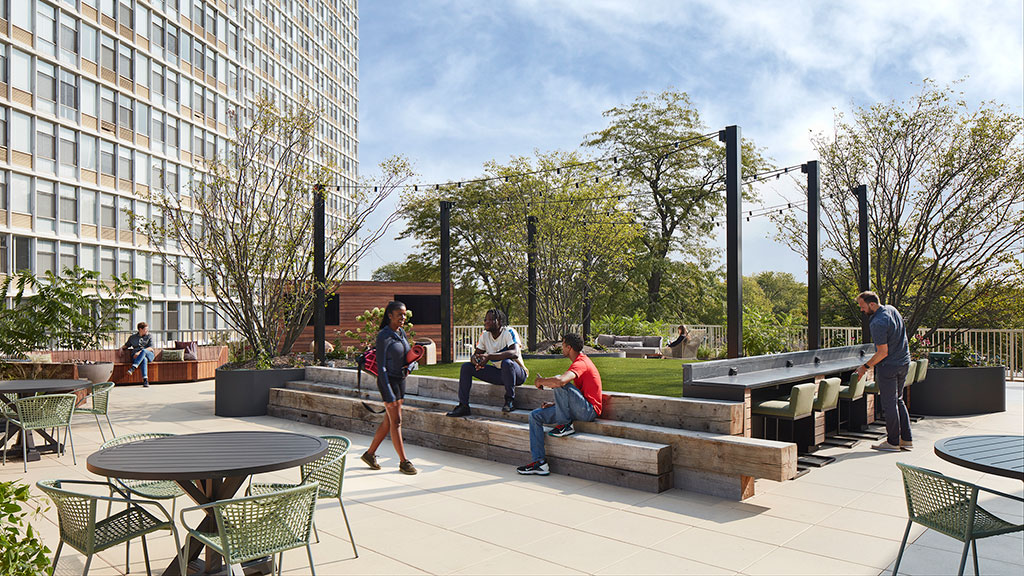
Blog
How Design Can Integrate Social Value Into Residential Developments
Design plays an integral role in fostering social value within residential areas.
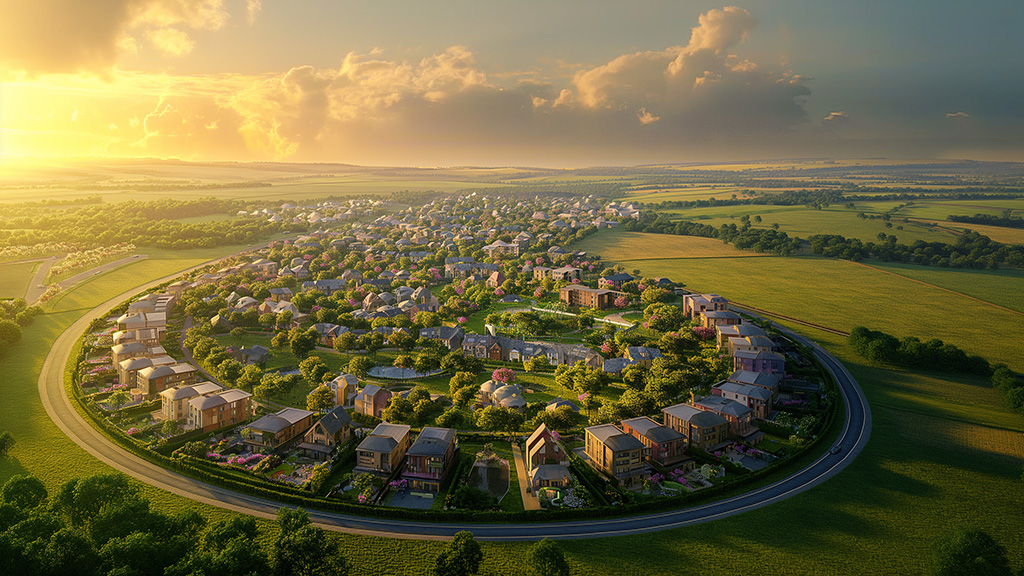
Blog
Maximising Urban Space: 3 Strategies for Solving the U.K.’s Housing Crisis
Addressing the U.K. housing shortage will require a multifaceted, strategic approach, recognising the urgent need for land to accommodate new homes and infrastructure.

Blog
Luxury + Convenience: Why Branded Residences Are in Demand Across the Globe
In the residential sector, we’re seeing an increased demand for high-end, branded residences that offer hotel-style services and amenities.

Blog
What Can San Francisco Learn From Successful Building Conversion Programs in Other Cities?
By taking cues from other cities, San Francisco has an opportunity to make it easier to repurpose buildings, address the housing crisis, and revitalize downtown.
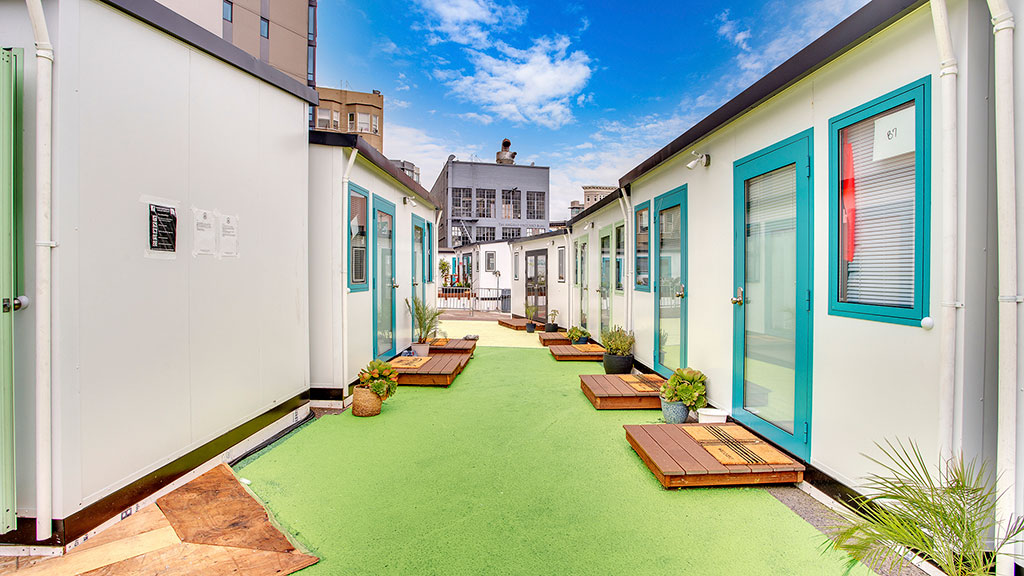
Blog
Rethinking Housing: Innovative Solutions to California’s Homelessness Crisis
DignityMoves Founder and CEO Elizabeth Funk discusses why new thinking is necessary to help solve the housing and homelessness crisis.
Trends in Residential
Community becomes the most sought-after new amenity for residential development.
Residents continue to seek community connections and wellness-driven living, and residential developments can respond with a mix of public-private amenity spaces and services such as membership-driven clubs, fitness centers, and coworking spaces.
Cities discover new opportunities to develop attainable “missing middle” housing.
Lowering interest rates and more incentives will boost the creation of duplexes, townhouses, and starter homes that attract the middle-income earners that businesses — and cities — need to thrive.
Developers uncover innovative solutions to build housing on unconventional lots.
With rising construction costs and limited land, residential developers are looking at flexible solutions, such as conversions, mass timber, and prefabricated construction to reduce costs and boost production in areas with few or no available sites.
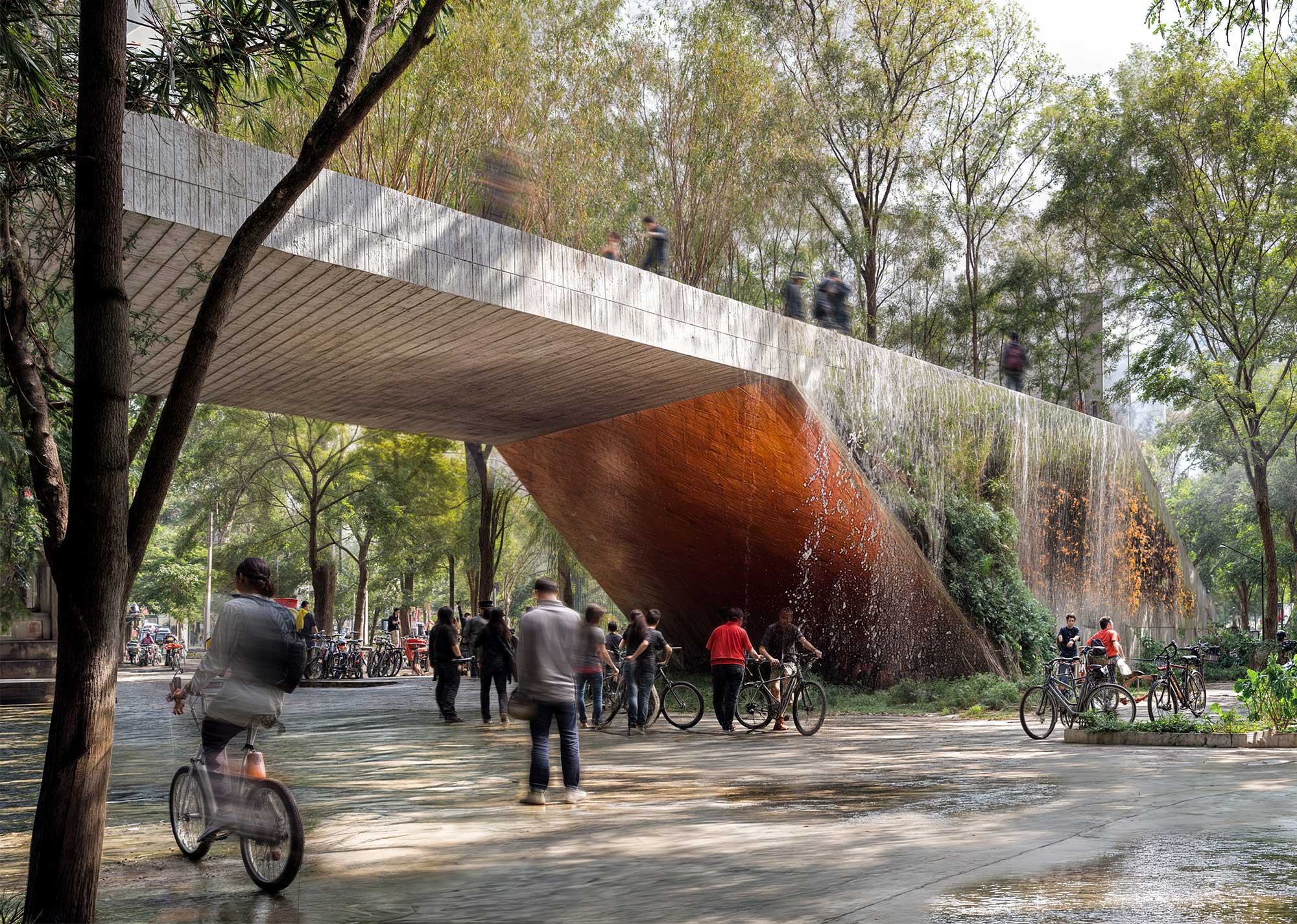
RESIDENTIAL LEADERSHIP

Kelly Farrell
Lifestyle Sector Leader, Managing Director, Principal
Kelly is a global leader of Gensler’s Lifestyle Sector and a Managing Director of Gensler’s Los Angeles office.

Sean O’Gorman
Residential Leader
Sean O’Gorman is the Global Residential Practice Area Leader and leader of the North Central region’s Residential practice.

Robert Fuller
Lifestyle Sector Leader, Studio Director, Principal
Robert Fuller specializes in complex projects that include planning and urban design, new buildings, office-to-residential conversions, and repositioning.
NEWS
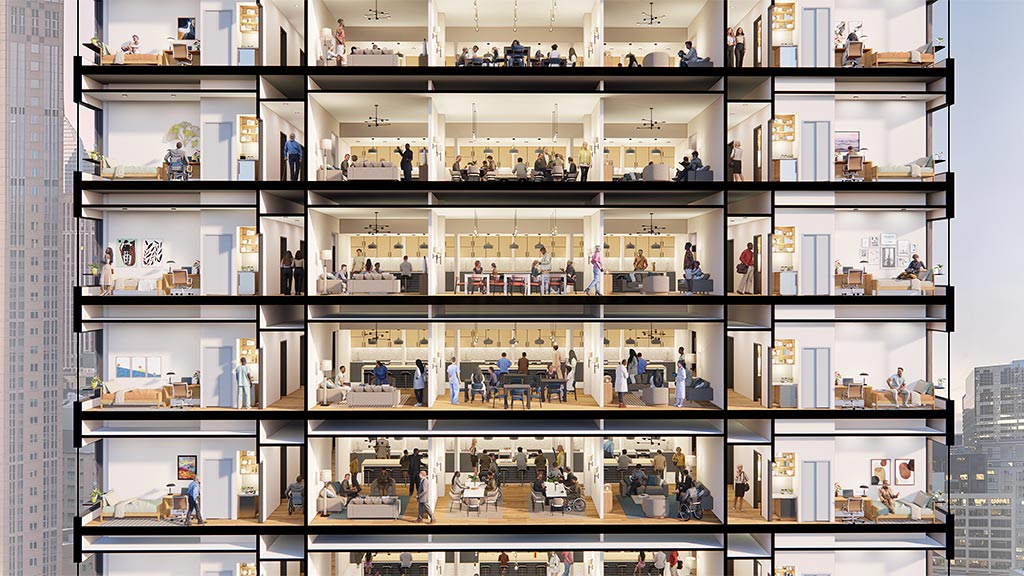
In The Media
![]() Business Insider
Business Insider
Office Conversions to Co-Living Could Unlock Affordable Housing
Gensler’s Terry Hogan explained the firm’s feasibility study with The Pew Charitable Trusts, which could reduce construction costs by 25-35% and provide much-needed housing.
August 29, 2025
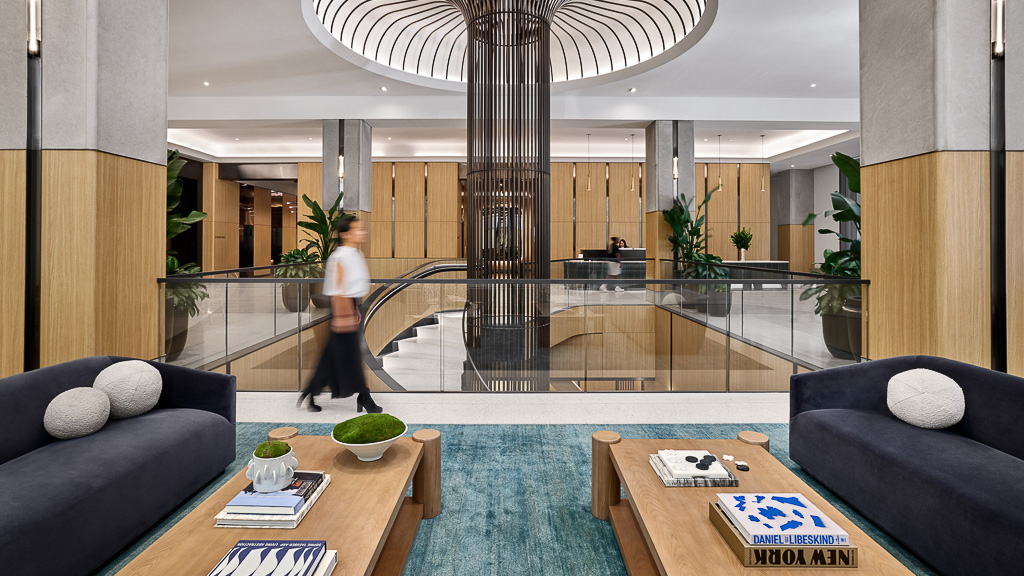
In The Media
![]() Urban Land Institute
Urban Land Institute
Gensler’s Office-to-Residential Conversion of Pearl House Honored with 2025 ULI Americas Award for Excellence
With premium amenities and bold reuse strategies, Pearl House reactivates a once-quiet part of Lower Manhattan.
June 24, 2025
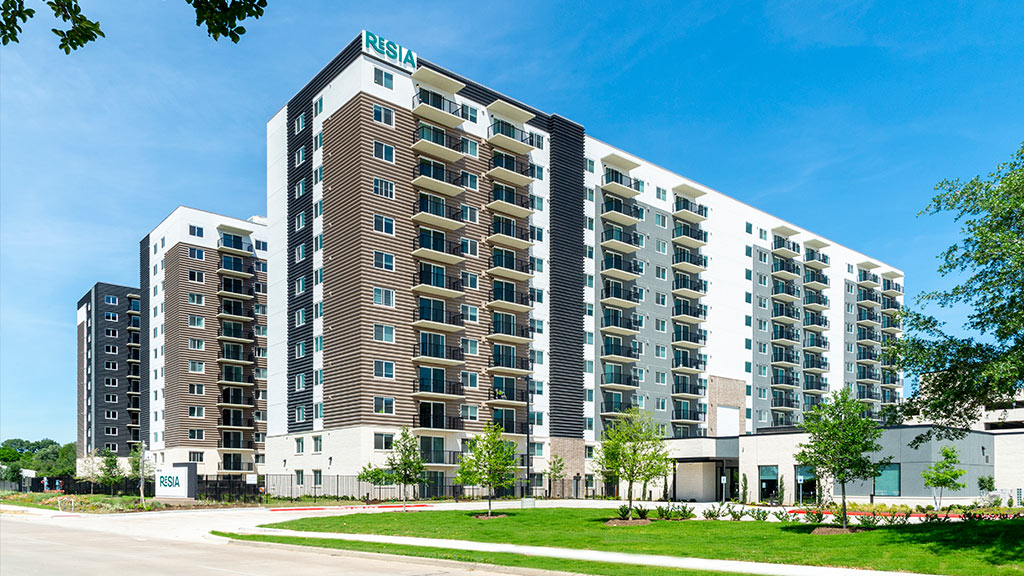
In The Media
![]() Architectural Record
Architectural Record
Architectural Record Interviewed Gensler Residential Leader Brooks Howell About Resia Ten Oaks
The multifamily residential development’s efficient module construction approach yields “over double the square footage, with higher-quality construction, at comparable cost.”
January 06, 2025
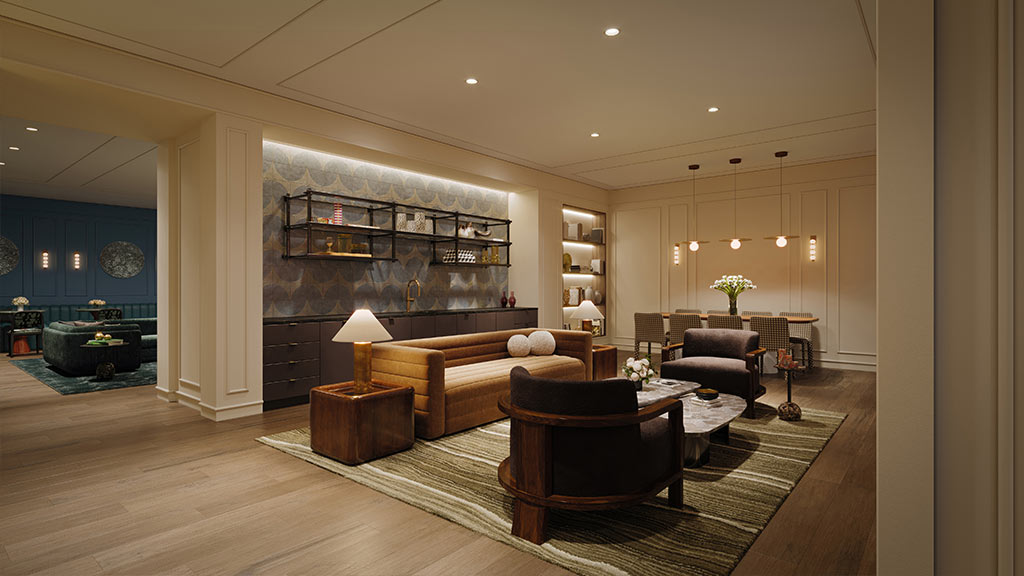
In The Media
![]() Building Design+Construction
Building Design+Construction
Gensler Principals Weigh In On the Top 10 Trends in Luxury Multifamily Housing
BD+C quoted Gensler Principals Brooks Howell, Kelly Farrell, and Robert Fuller in a feature on the top 10 trends in the luxury multifamily housing market and the importance of delivering exclusive, personalized service.
November 05, 2024

In The Media
![]() Forbes
Forbes
The Pew Charitable Trusts and Gensler Explore Transforming Office Buildings Into Affordable Co-Living Residential Buildings
Forbes spotlighted the feasibility study and shared rendered floor plans of the dorm-style units, which “could be profitable for a developer at a rent of $815 per month on average.”
October 28, 2024

In The Media
![]() The Economic Times
The Economic Times
The Pew Charitable Trusts and Gensler Aim To Tackle the U.S. Housing Crisis
The Economic Times shared a proposal by The Pew Charitable Trusts and Gensler to create 150-square-feet microapartments.
October 27, 2024

In The Media
![]() The Pew Charitable Trusts
The Pew Charitable Trusts
Converting Office Buildings to Co-Living Dorm-Style Apartments Offers a More Economically Viable Solution
The Pew Charitable Trusts shared research published with Gensler on a more viable approach to office-to-residential conversions using a design that reduces construction costs and adds low rental housing in downtowns.
October 22, 2024
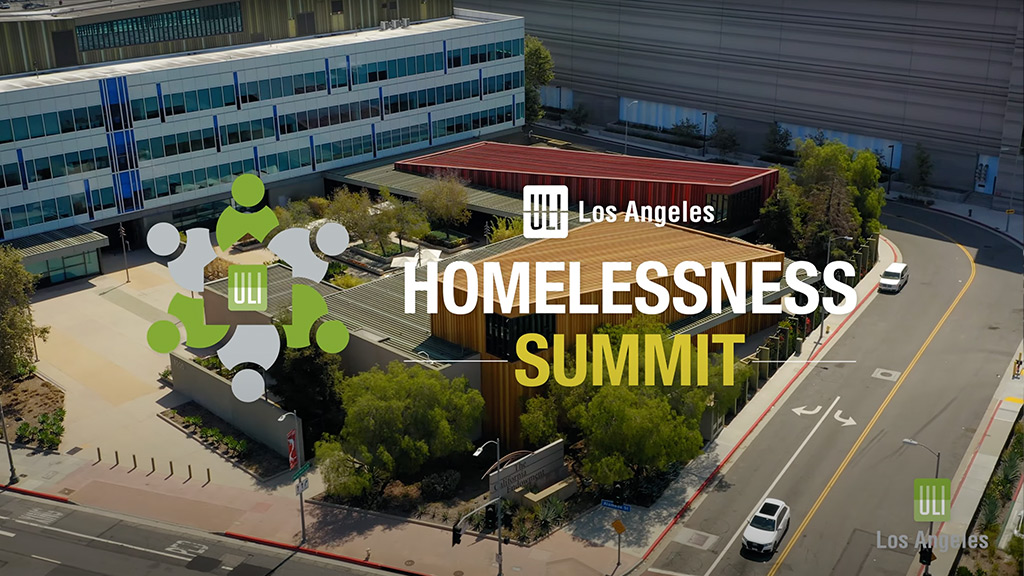
In The Media
![]() Urban Land Institute Los Angeles
Urban Land Institute Los Angeles
Urban Land Institute LA Featured Steven Paynter as a Homelessness Summit and Expo 4.0 Speaker
Gensler Building Transformation Leader Steven Paynter shared ideas for creating new paths for housing to help people in need and address the crisis. Watch the video.
August 22, 2024

In The Media
![]() Bloomberg
Bloomberg
A “More Radical, More Ambitious” Solution to Tackling Britain’s Housing Crisis
Gensler Cities & Urban Design Leader Ian Mulcahey discussed the vision to build an entirely new offshore city in the Thames Estuary to help address the housing issue.
July 31, 2024
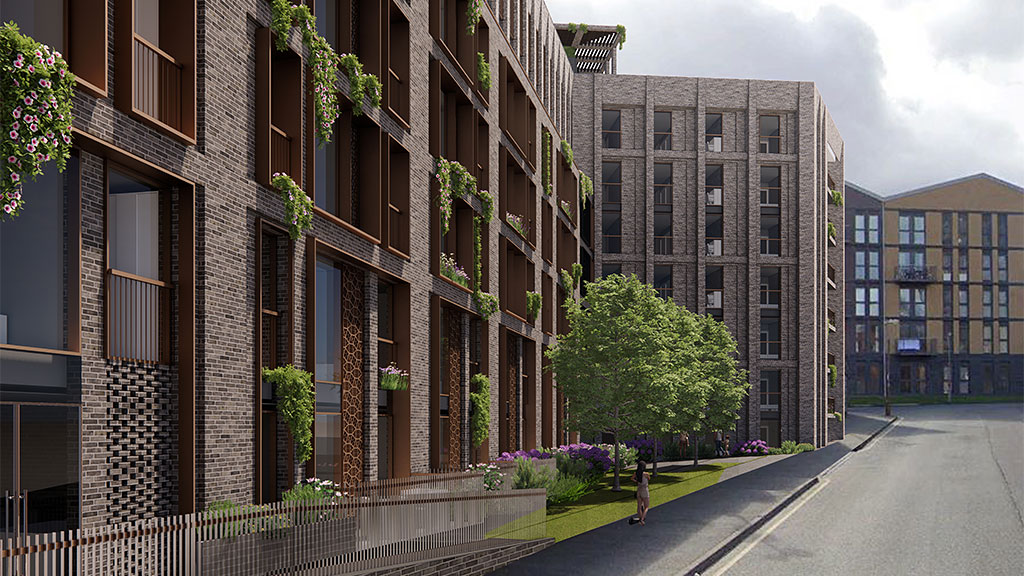
In The Media
![]() BTR News
BTR News
How Design Can Integrate Social Value Into Residential Developments
Gensler Europe Residential Leader John Badman explored how to foster “environments that naturally reduce vacancies, encourage resident retention, and organically form cohesive communities.”
July 02, 2024
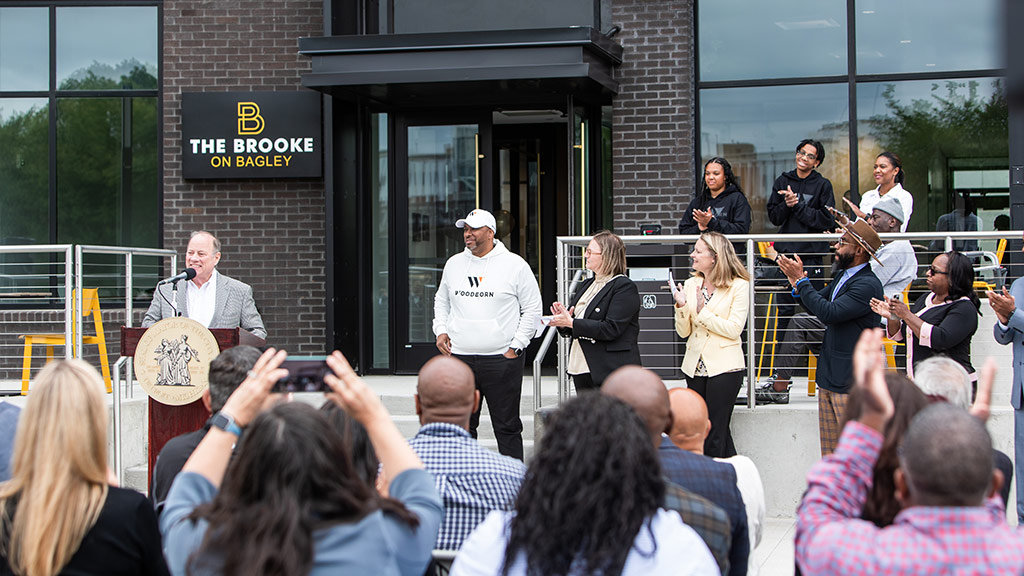
In The Media
![]() CBS News
CBS News
The Brooke on Bagley Transforms a Vacant Lot Into “An Equitable, Active Hub for Community and Hospitality-Driven Living”
CBS News highlighted the opening of a new mixed-use, mixed-income housing development in Detroit near the recently renovated Michigan Central Station.
June 11, 2024
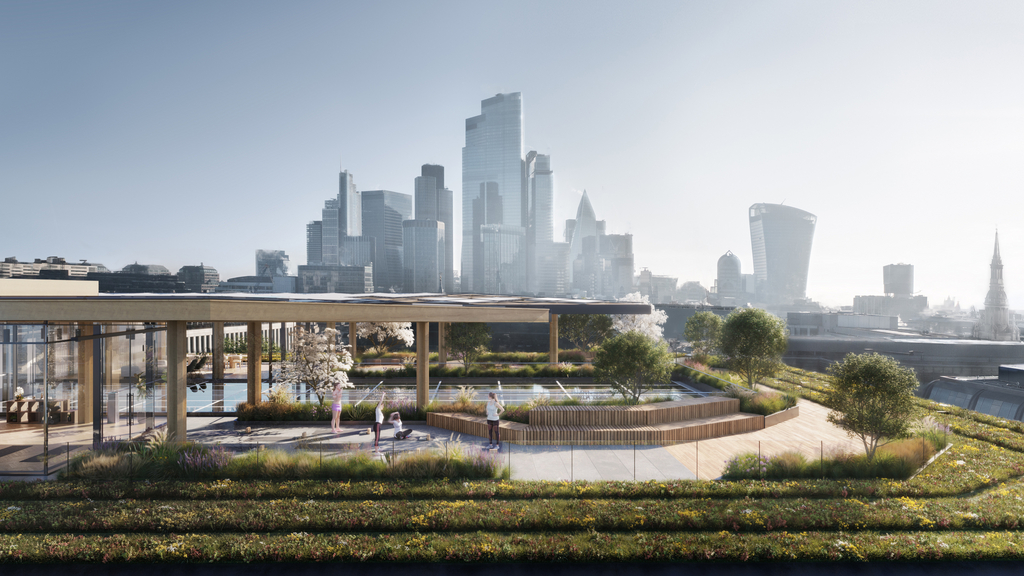
In The Media
![]() Building Design
Building Design
Building Design Interviewed Gensler Managing Principals Julia Simet and Duncan Swinhoe About Conversions in the U.K.
Julia Simet and Duncan Swinhoe discussed the potential impact of office-to-residential conversions, challenges of the U.K. planning system, and the importance of adapting to client needs.
March 21, 2024
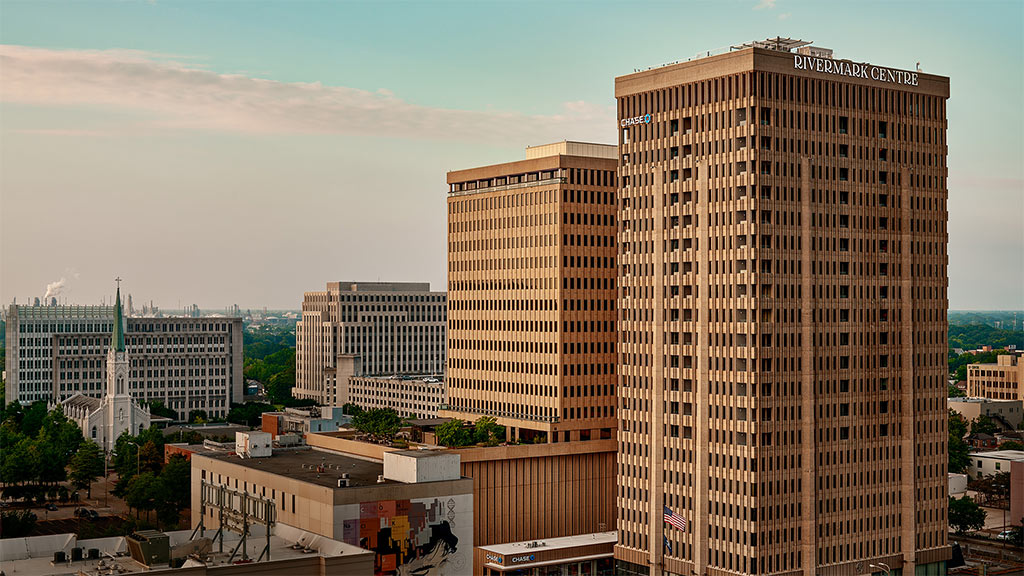
In The Media
![]() Houston Chronicle
Houston Chronicle
Factors Impacting the Profitability of Office-to-Residential Conversions
As Houston considers tax incentives to spur office conversions, Senior Living Leader Brooks Howell and Residential Leader Kelly Farrell discussed how developers need to balance project costs with expected revenue.
February 19, 2024
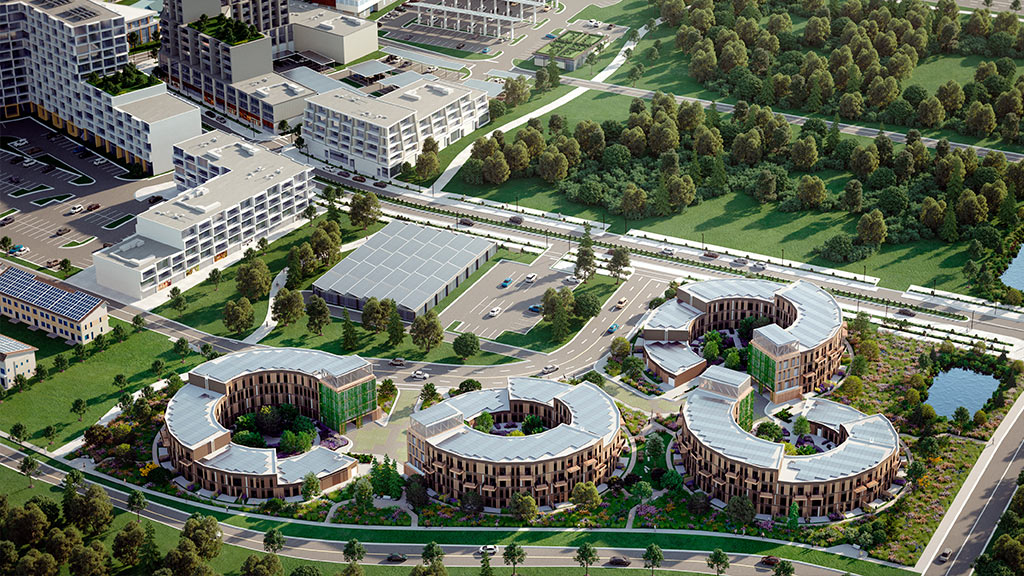
In The Media
![]() Dezeen
Dezeen
Gensler Designed EVE Park, a Residential Complex in Canada With Integrated EV Parking Garages
The development’s circular clusters of homes promote community and “a residential experience centered on connection to the outdoors,” says Gensler Cities & Urban Design Leader Oliver Schaper.
February 02, 2024
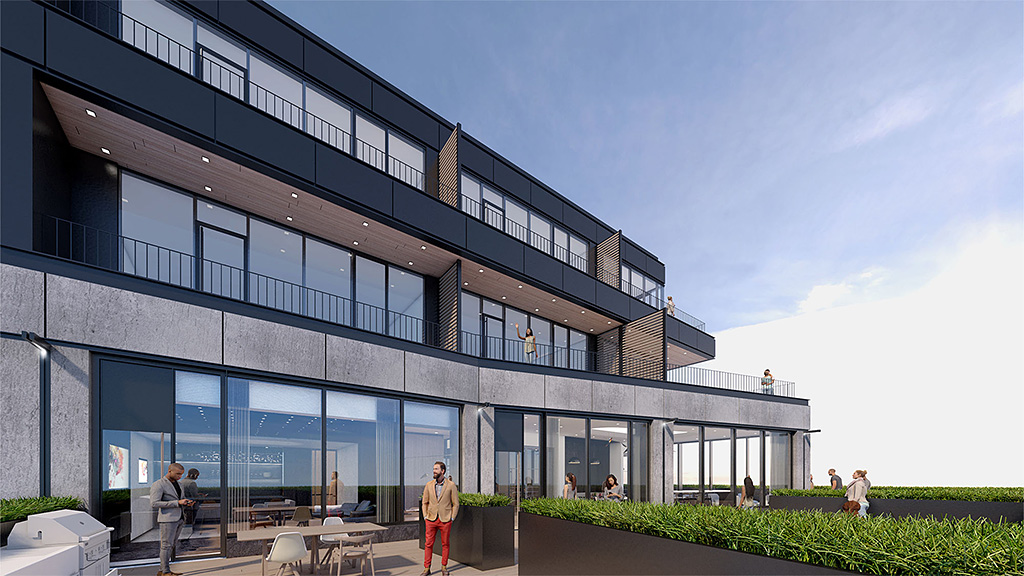
In The Media
![]() Business Insider
Business Insider
Strategies for Office-to-Residential Conversions in New York
Gensler Principal Robert Fuller, who is leading the transformation of 160 Water Street, discussed cost-benefit analyses that clients should consider during the design stage.
September 10, 2023

In The Media
![]() Business Insider
Business Insider
There’s Growing Demand for Office Conversions as Cities Seek to Address Multiple Crises and Create Housing
Steven Paynter discussed Gensler’s work on office-to-residential conversions, including advising HUD and developing an algorithm, which has been used to assess over 950 buildings.
August 27, 2023